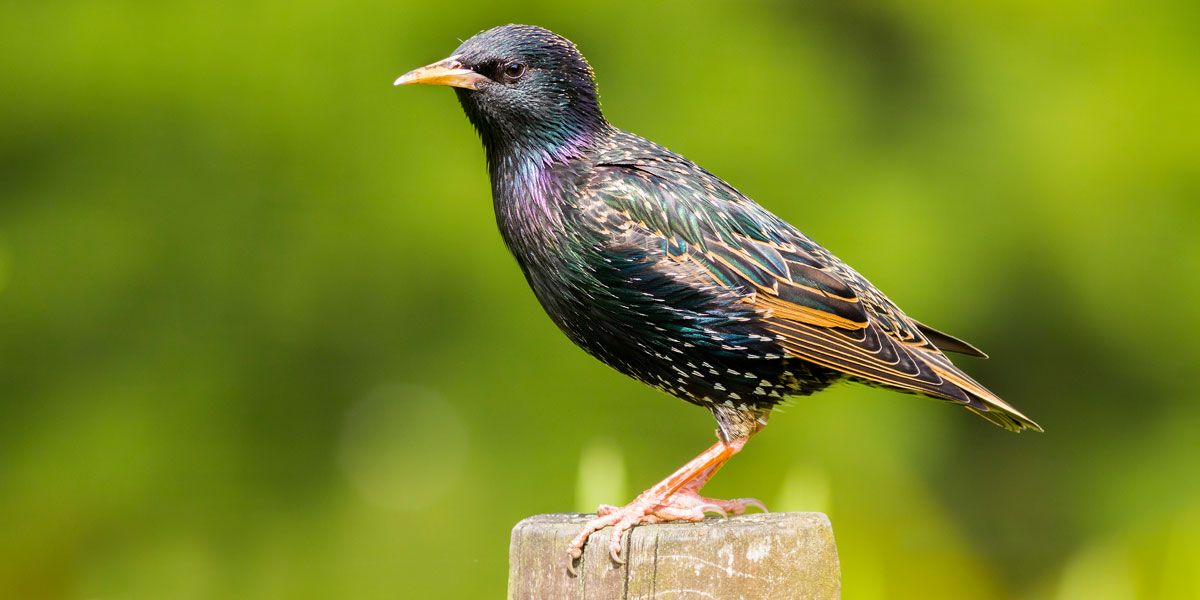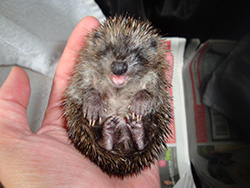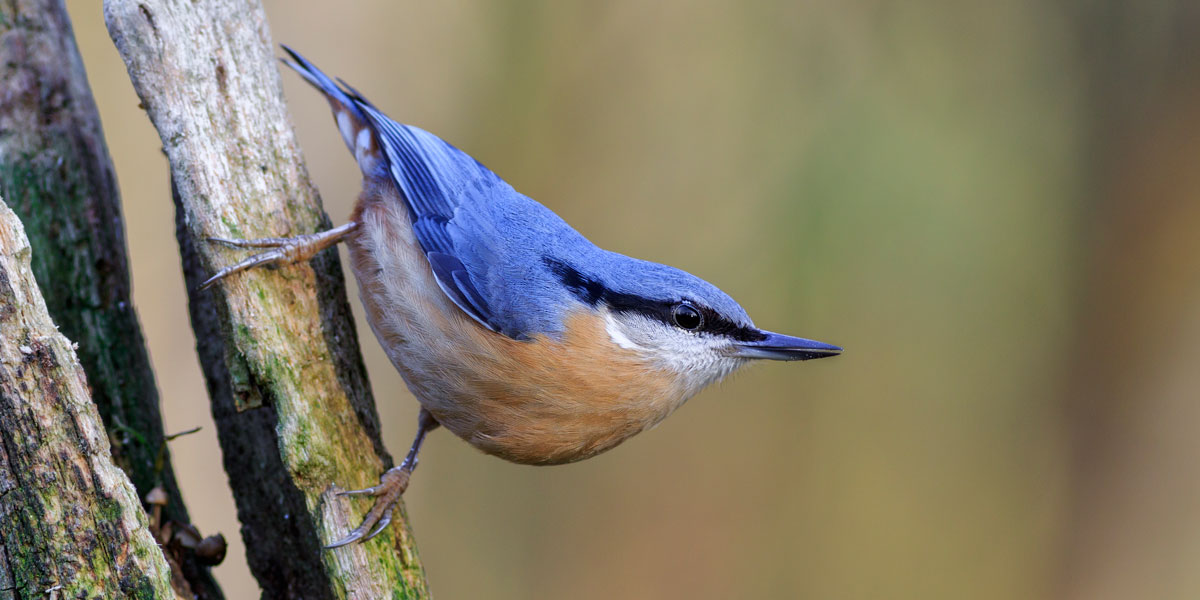Explore Our Garden Wildlife Blog
Browse or search by Category or Keyword below, alternatively click on any Tag to see related articles.
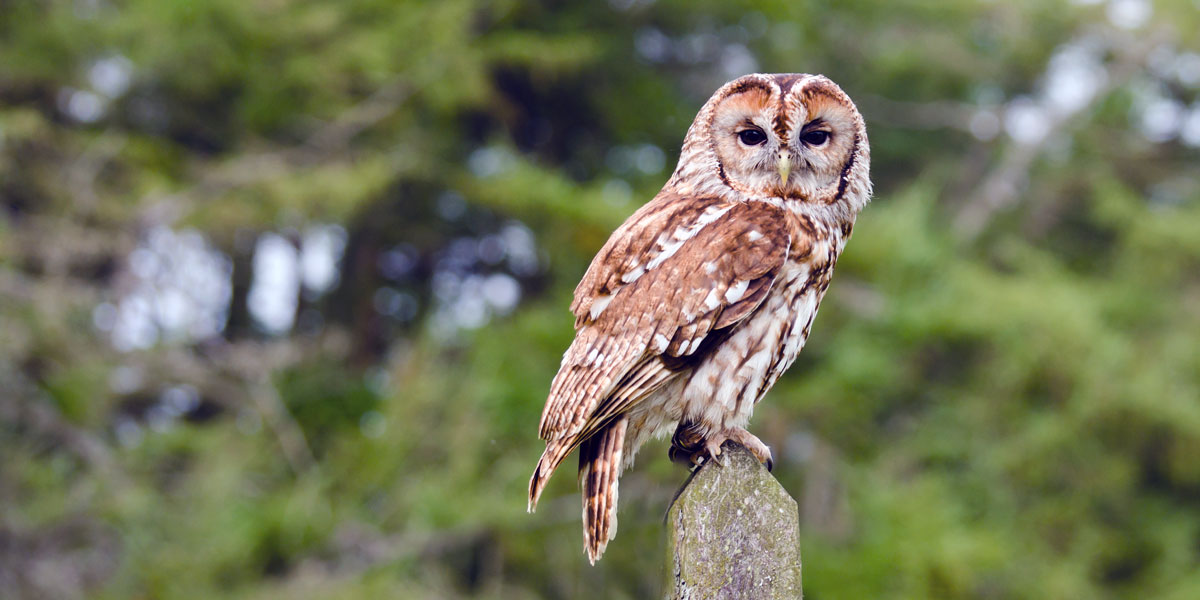

Tawny Owl Identification, Habitat , Food & Other Facts
By Ark Wildlife
19th July 2022
Last Updated: 5th April 2024
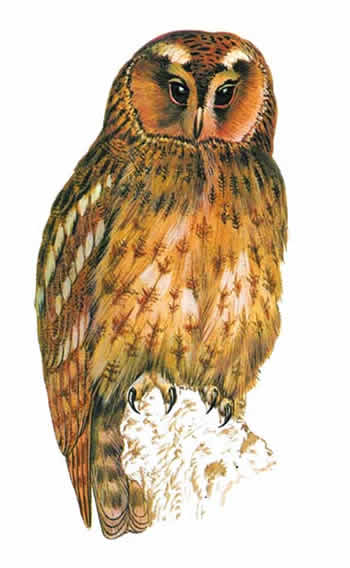
Identification: what does a tawny owl look like?
Length: 38cm.
The Tawny Owl is the most common medium-sized brown owl in Europe. It may be distinguished from the Barn Owl by its darker brown face, densely speckled mantle and dark under parts. It is distinguished from the Long and Short-eared Owls by the absence of ear-tufts and its black eyes, it is also larger and stouter. The wings appear more rounded and shorter in flight than those of other owls. The youngsters plumage is barred.
The have mainly nocturnal habits, and in the daytime may be seen roosting in trees.
Call
Its well-known note is a long wavering ‘hoot’. They also emit a sharp ‘ke-wick’.
When and where do tawny owls nest?
Breeding usually starts from late March onwards. They nest in a hole in a tree, rarely in ground or in a crevice in rocks. They also use old nests of other birds, or a squirrel nest. They occasionally nest in nest boxes and on rocks or the ledges of buildings.
Two to four (sometimes/category/bird-care/wild-bird-nest-boxes/garden-bird-nest-boxes/ one to seven) white eggs are laid. The female alone incubates the eggs for about twenty-eight to thirty days. The female tends the young while the male brings food, but after about twenty days they both hunt. The young leave the nest after about thirty-five days.
Habitat
The Tawny Owl likes open woodland (mainly deciduous) and parks. They are also present in large gardens and in urban areas.
Are tawny owls nocturnal?
Yes, tawny owls are nocturnal and rarely seen during the day. You may spot one sleeping high on a tree branch or tucked away in a tree-hole nest, although they’re usually well-hidden.
How can you attract tawny owls to your garden?
The best way to attract tawny owls to your garden is by providing them with a suitable nesting site. You can purchase nest boxes specifically designed for tawny owls, which help to mimic their natural nesting environments. These nest boxes should be placed on the trunks of trees, around 3-5 metres off the ground.
How rare are tawny owls?
Tawny owls are actually the most common owl species in the UK — they’re just quite hard to spot! These owls are on the Birds of Conservation Concern amber list, so care needs to be taken so we don’t see a worrying decline in this beautiful species’ numbers.
How can you tell the difference between a male and female tawny owl?
The female tawny owl is much larger than the male, both in length and weight. Females are around 20-40% heavier and their wingspan is around 5-10% longer.
What do tawny owls eat?
Mainly small birds and rodents.
Where to Feed
Feeder – Not suitable
Table – Not suitable
Ground Feed – Scatter food in the open
External sources/references






